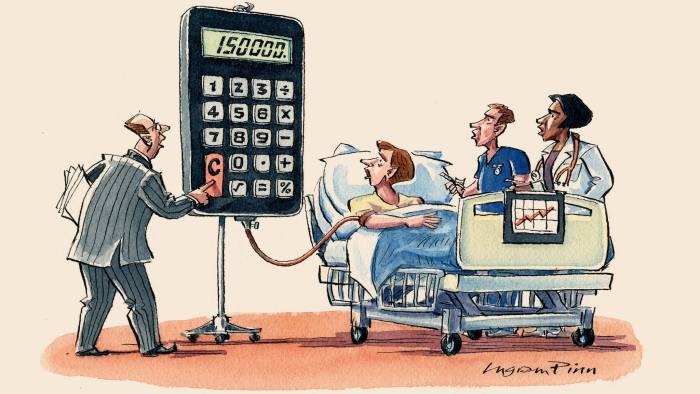Dels treballs d'en Mackenbach ja n'he parlat anteriorment i m'ha interessat un article de fa poc. A Social Science and Medicine revisa el perquè de les desigualtats en salut. Sense ànim de ser concloent, en primer lloc mostra les teories que expliquen les desigualtats en salut:
The theories reviewed are: mathematical artifact, fundamental causes, life course perspective, social selection, personal characteristics, neo-materialism, psychosocial factors, diffusion of innovations, and cultural capital.I alhora es pregunta quins són els motius potencials pels quals als països desenvolupats esdevé tant dificil reduir-les. Diu:
Based on these theories it is hypothesized that three circumstances may help to explain the persistence of health inequalities despite attenuation of inequalities in material conditions by the welfare state: (1) inequalities in access to material and immaterial resources have not been eliminated by the welfare state, and are still substantial; (2) due to greater intergenerational mobility, the composition of lower socioeconomic groups has become more homogeneous with regard to personal characteristics associated with ill-health; and (3) due to a change in epidemiological regime, in which consumption behavior became the most important determinant of ill-health, the marginal benefits of the immaterial resources to which a higher social position gives access have increased.Al final ho acaba resumint en dues opcions, mala gestió (dels polítics) o mala sort (els canvis han portat a que les desigualtats es basin molt més en factors immaterials). Penso que parlar de mala sort s'allunya del que seria esperable com un motiu. Recordeu el post de l'Angus Deaton i els dels macacos i les desigualtats de salut, més material per pensar...
PS. I sobretot consulteu el darrer GCS, l'article d'en Guillem López-Casasnovas, va del mateix tema. Precís i pragmàtic.
PS. Si us interessa l'impacte redistributiu de la despesa sanitària pública, consulteu: Evaluating the redistributive impact of public health expenditure using an insurance value approach. Conclusió:
Public health care expenditure in Spain acts progressively on income distribution. By adding the health benefit to disposable income of Spanish households, and ignoring possible behavioral responses, it turns out that poverty is reduced by almost 50 %. The average amount of in-kind subsidies received by households is considerable and its adequacy is good. Health care subsidy accounts for 59 % of household disposable income for the families in the first decile. Provision of public health care substantially reduces poverty incidence and poverty severity in Spain, granting a more equal distribution of living standards, as shown by a reduction in the Gini index by 5.4 percentage points.Se m'escapen algunes coses, metodologia, dades?. No sé...
PS. Encara més motius per la desconnexió. Des del NYT, dedicat a tots aquells que encara no s'han decidit i aquells que ho volen comprendre.
PS. I encara més motius per fer-ho quan més aviat millor. Un video on es mostra com l'incompliment dels compromisos d'inversió i les lleis porta a un augment de la mortalitat relativa. Motius per denunciar l'Estat davant la fiscalia.





